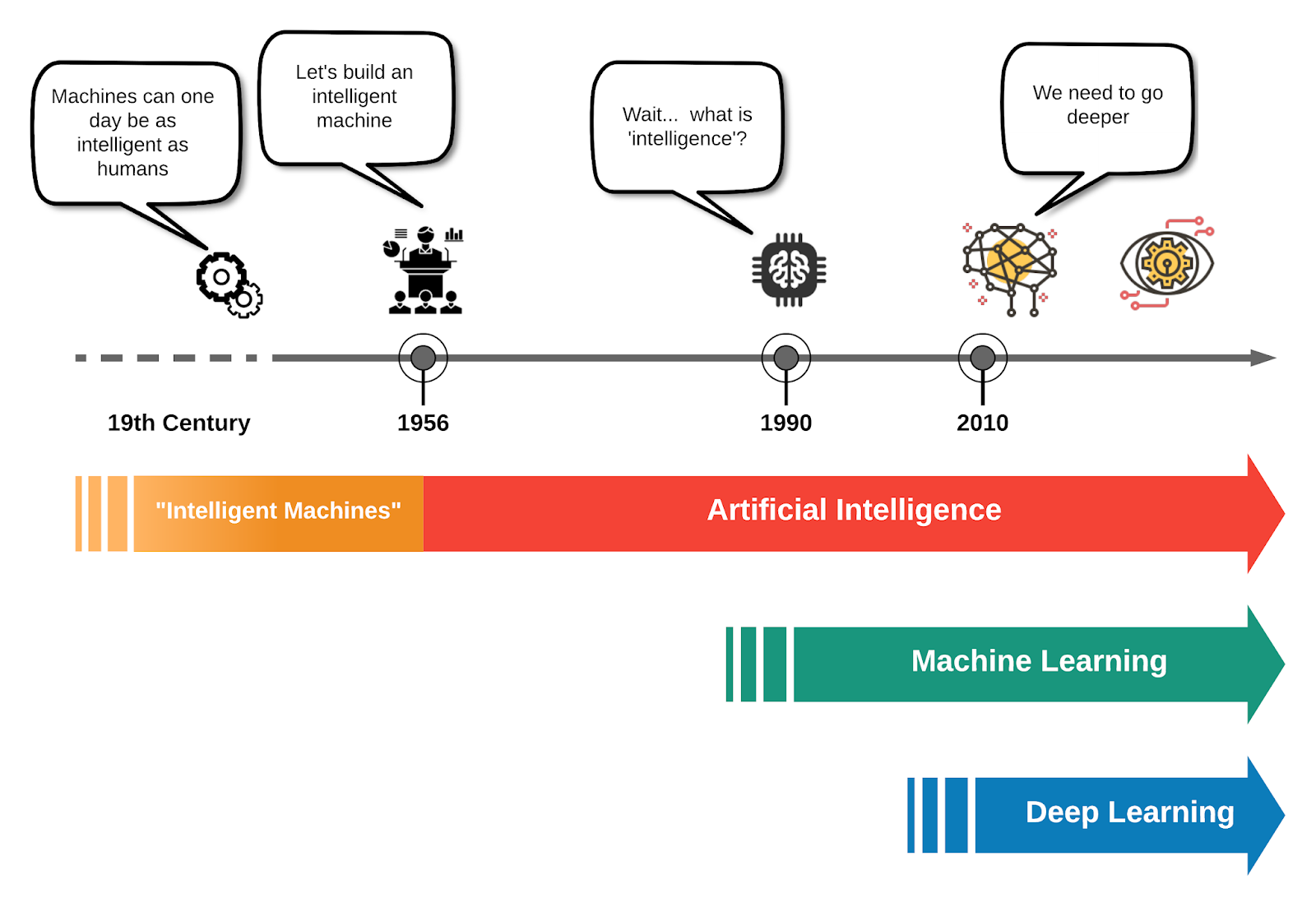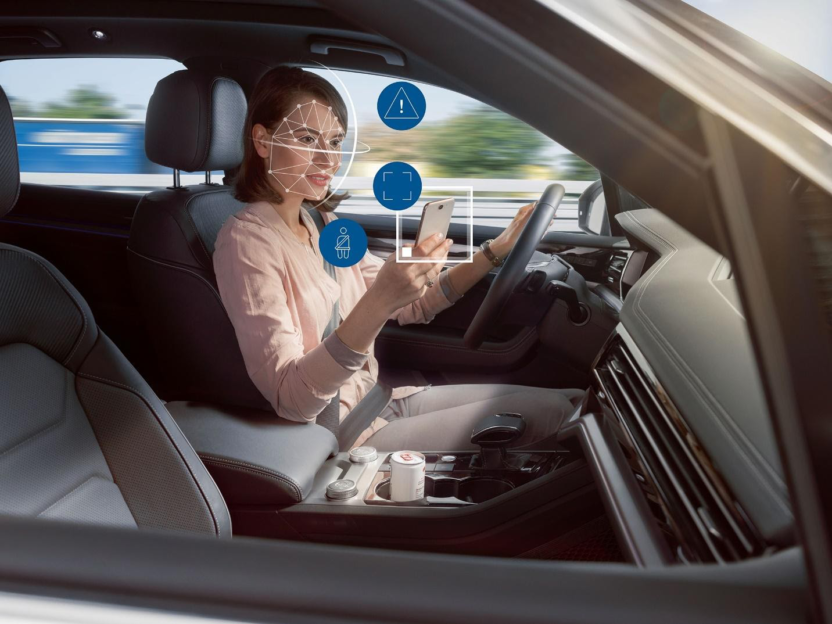

Automotive Industry Transformation With AI & Deep Learning
source link: https://codecondo.com/automotive-industry-transformation-ai-deep-learning/
Go to the source link to view the article. You can view the picture content, updated content and better typesetting reading experience. If the link is broken, please click the button below to view the snapshot at that time.

Automotive Industry Transformation With AI & Deep Learning
Advancements in different computing power are enabling machines to understand and think like a human. These technologies are artificial technology, machine learning & deep learning. This wave of modern transformation is affecting many industries including the automobile industry.
According to the estimates, the future market of automobile Artificial intelligence hardware and the software will increase from 404 million dollars to 14 billion dollars. You must be amazed by this surge and wondering about the reasons for this huge increase.
The basic reason is AI and deep learning involved in this industry. The automobiles of this decade are a lot smarter and available with a lot of tech-oriented features. Many features like lane assisting, keyless cars, automatic parking are making cars more appealing to the customers.
In this blog, we will discuss how AI and deep learning are transforming the automotive industry completely.
Table of content
- What are AI and deep learning?
- What are the challenges the automotive industry is facing?
- How AI and Deep learning concepts are impacting automobiles?
- What are the common AI cases in the automotive industry?
- Final thoughts

What are AI and deep learning?
Many of you might be introduced to the AI concept as we are witnessing many electronics with this technology. It is basically a technique that mimics human actions by using logic, decision trees, and if-then rules. Machine and deep learning are the subsets of AI. ML includes the statistical ideas that enable the electronics to enhance their functionality. While the Deep learning train and learn itself to perform various tasks like face and voice recognition. All these technologies are merged to provide tech-based cars for a couple of years now.
The most common concepts in the automotive industry are AI and deep learning. Deep learning mimics the human brain using artificial neural networks.
Also Read: Machine Learning vs Deep Learning – What Makes Them Different?
What are the challenges the automotive industry is facing?
The auto manufacturers are always a risk when it comes to implementing modern and unproven technologies. Also, the lack of expertise and sometimes limited resources are the main challenges the automotive industry is facing right now.
How AI and Deep learning concepts are impacting automobiles?
Many applications of AI and DL are involved in manufacturing modern vehicles. Most of them are used in vehicle architecture like deep neural networks. The segments include audio and face recognition, sensors and cameras inside and outside of the vehicle, etc. These amazing features are not only limited to self-driving cars but also the various other vehicles.

Learn how deep learning and AI are transforming automobiles:
Driver monitoring system

The drowsiness and tiredness of driving are some of the main reasons for road accidents. The driver monitoring system is built to address this issue. According to the estimations, 1 out of every 5 accidents is caused by distracted drivers. The system monitors the driver’s behavior, eye motions, seat position, and other expressions to analyze everything. If the system detects the driver’s drowsiness, it provides an alert by vibrating the driver’s chair or any other alert sound. Soon, the cars will be able to take over the steering wheel if needed.
Object detection
Object detection plays an essential role in the launch of autonomous cars. These cars are worth-less if they are not able to detect the objects around them. But thanks to the AI and deep learning concepts as these technologies make it possible to detect the objects that are in the car surroundings. For now, the sensors and cameras are installed on the different parts of the vehicle. They help to detect the animals, pedestrians, other vehicles, and even the traffic signals.
Now modern cars can identify all these signs and that is one of the most effective features of self-driving cars. Developers are now using convolutional neural networks along with machine and deep learning concepts to train the system in the best way possible.
Speech and audio recognition
We all know that large enterprises use automated devices to answer user calls. But for now, DL has made this system more accurate as we can see how budget-friendly devices act as our assist systems. Different devices listen to human issues and convert them into machine understandable language. For example, hi or hiiiiiiiiiiiiiii means the same but the sound waves can be quantified. AI along with deep learning concepts helps to study the patterns in a better way.
Also Read: Benefits Of Voice Technology And How It Is Changing The Future?
Face recognition
Face recognition is one of the most advanced biometric solutions that recognize unique facial features. It is quite helpful to convert images into pixels to study them in a better way. The systems will be able to learn the facial features by using the new and used database features. The algos will be able to learn more faces and it will lead to accurate results. This feature is introduced in automobiles to identify the driver and to customize the driver’s experience.
Also Read: Image Facial Recognition using Open-CV Python
What are the common AI cases in the automotive industry?
The most commonly used cases of Artificial intelligence in the automotive industry are as follows:
- Driver assisting technology to assist the driver for safe driving
- AI-driven cars using deep learning neural networks
- Connected vehicles to provide accurate information
- AI-driven systems for manufacturing cars
- AI for quality control
- AI for automatic parking and lane assisting
- AI to control supply chains

Final thoughts
Artificial intelligence along with deep learning concepts has already brought a lot of revolution in the automobile industry. Yet, there is a lot more to come. According to the McKinsey study, it may take 5 to 10 years more to launch fully automated self-driving cars. These cars will be able to drive themselves without any kind of driver involvement. Manufacturers are working day and night to bring better and technology-oriented vehicles to the world. Also, if you want to try the best cars with the latest technologies in Dubai, then you can rent or lease them easily from any Rent a Car Dubai company.
Also Read: Text and Drive? Not a far-fetched reality anymore!
Recommend
-
 38
38
Shifting gears: How the cloud drives digital transformation in the automotive industry 2019-11-15admin
-
 13
13
Keeping Silicon Valley at Bay Using Open Source (Talk at Automotive Software Strategies 2021) On May 4th, 2021, I will give a talk about user-led open source consortia and the associated business strategies of non-software v...
-
 13
13
The Next Gatekeepers of the Automotive IndustryThe way cars will be manufactured and operated will lead to unprecedented control by their creators over features and the lifespan of vehicles. How...
-
 6
6
Probability in Machine Learning & Deep LearningTermsRandom variables hold values derived from the outcomes of random experiments. For example, random variable X holds...
-
 3
3
Probability Distributions in Machine Learning & Deep LearningIn Bayesian influence, probability distributions are heavily used to make intractable problems solvable. After discussing the
-
 4
4
Deep learning for… Go 2014-12-11This is the last post about deep learning for chess/go/whatever. But this really cool paper by Christopher Clark and Amos Storkey was forwarded to me by
-
 9
9
Probability mass function & probability density function Probability mass function is the probability distribution for discret variables, for example, the prob...
-
 5
5
Poor conditioning Conditioning measures how rapidly the output changed with tiny changes in input. For example, in a linear equation, we can use the inverse matrix A−1 to solve x. Ax=bx=A−1b Nevert...
-
 9
9
“Deep learning - Information theory & Maximum likelihood.” Jan 5, 2017 Information theory Information theory quantifies the amount of information present...
-
 4
4
Machine learning examples in the automotive industry Machine learning examples in the Automotive Industry Artificial intelligence is chan...
About Joyk
Aggregate valuable and interesting links.
Joyk means Joy of geeK